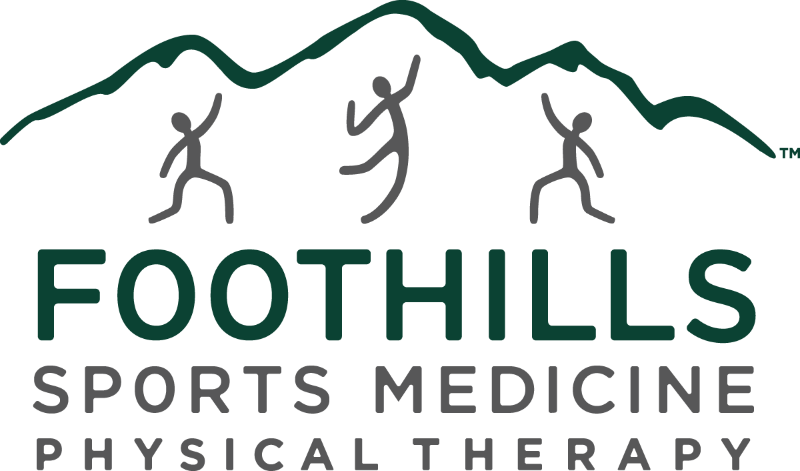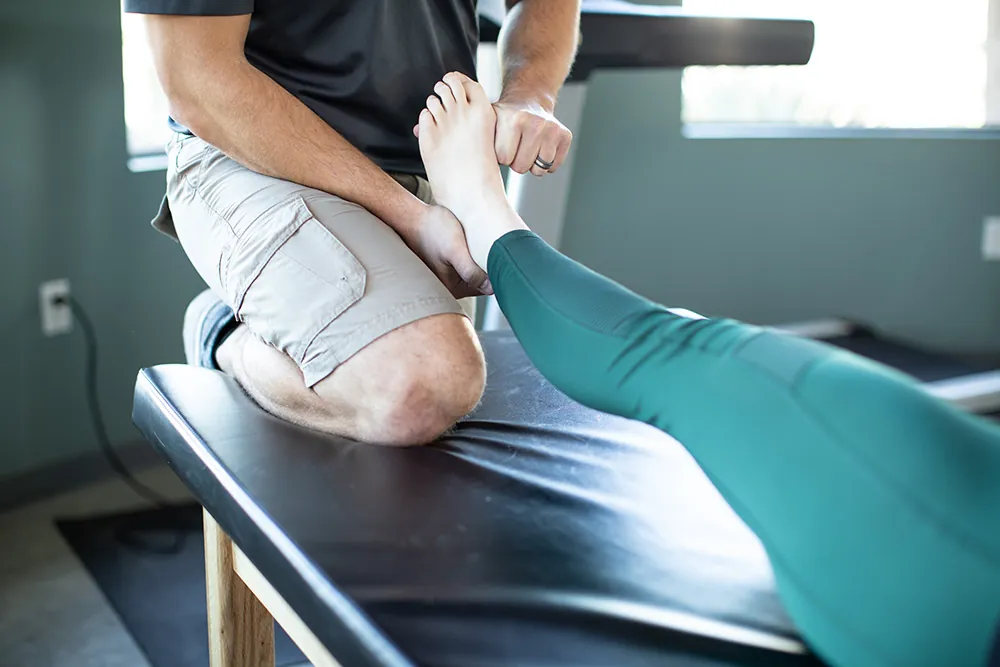By Jeff Moyer PT, MSPT, ATC, CSCS Biltmore Location
If you experience intense pain in your heel when you first get up in the morning or when you stand up and walk after a prolonged period of sitting, you may have plantar fasciitis. This is one of the most common foot conditions and often one of the most debilitating. Fortunately, it may not require surgery to correct.
Plantar fasciitis is a condition that responds very well to conservative physical therapy methods, according to physical therapist Jeff Moyer, who has been practicing orthopedics and sports medicine for 25 years.
Specific stretching and strengthening exercises for the plantar fascia and Achilles tendon are key components of this physical therapy treatment plan.
Risk Factors for Plantar Fasciitis
The plantar fascia runs along the bottom of your foot and supports the arch. When people perform repetitive weight-bearing/impact activities over days, months, or years, this causes “microtears and chronic inflammation of the thick band of tissue that runs across the bottom of the heel bone to the ball of your foot,” according to Moyer.
Therefore, the people most at risk for developing plantar fasciitis are people with jobs that require them to spend most of the day standing or walking, especially on a concrete floor or similarly hard surface. Examples of occupations that can put you at risk for plantar fasciitis include teaching and factory work. Runners and other athletes who perform high-impact activities that put pressure on the foot are also at risk for developing plantar fasciitis.
Other risk factors for plantar fasciitis include:
- Obesity: Increased stress on the plantar fascia can result from carrying too much weight
- Age: People aged 40 to 60 are more likely to develop plantar fasciitis
- Foot Mechanics: An abnormal walking pattern or an arch that is too high or too low can add stress to the plantar fascia by affecting the distribution of weight
3 Plantar Fascia Exercises That Do Not Require Equipment
Exercises to stretch the plantar fascia and strengthen the ankle have been proven effective at relieving plantar fasciitis pain when performed as part of a larger physical therapy program. The following are exercises and stretches that do not require equipment. All you need is access to a chair, a wall, or a stairstep.
- Seated Plantar Fascia Stretch
While seated on a chair, keep one foot on the floor and cross the other leg on top of it. The ankle of the crossed leg should rest on top of the thigh of the bottom leg.
Hold your toes with one hand and your ankle with the other. Stretch the bottom of your foot by pulling your toes gently backward. Perform the stretch three times, holding for 20 seconds each time. Then, do the same thing on your other foot.

- Wall-Facing Calf Stretch
This exercise helps with plantar fasciitis by stretching the Achilles tendon. Place yourself at arm’s length from a wall and stand upright while placing your hand flat against it. Extend one leg straight backward and stretch the calf by bending your front leg forward. Hold for 20 seconds, repeat three times, then switch to the other leg.
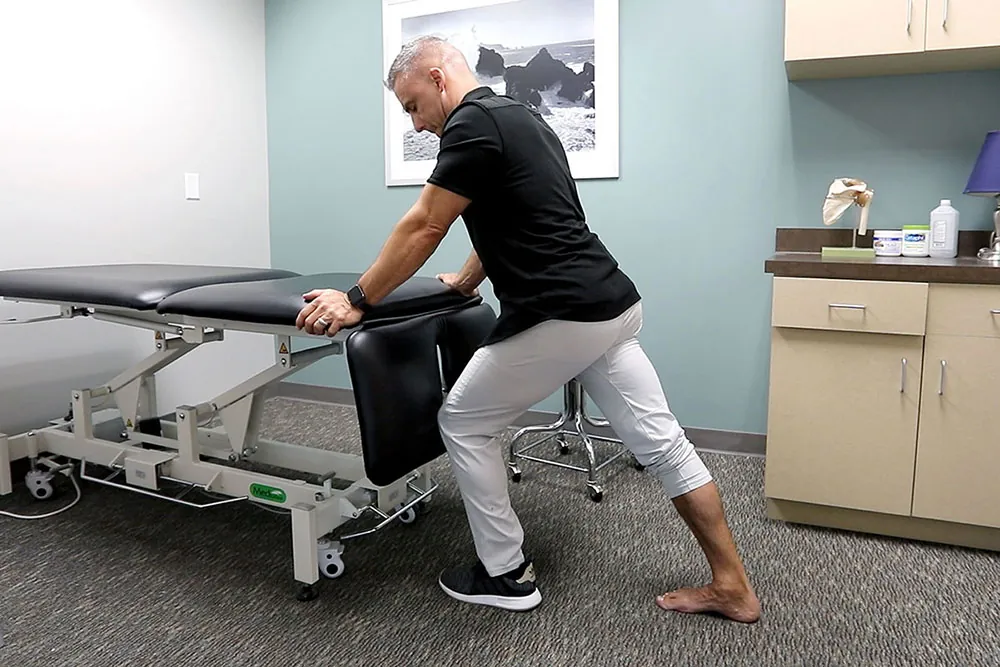
- Heel Raise
To avoid falls, perform this exercise on the bottom step of a staircase and hold onto a sturdy railing to support yourself. Stand at the edge of the step on the balls of your feet, allowing the heels to hang out over it. Using slow, controlled movements, gently lower your heels so they are just below the edge, then rise slowly onto the balls of your feet. Complete two sets of 10 repetitions, resting in between.
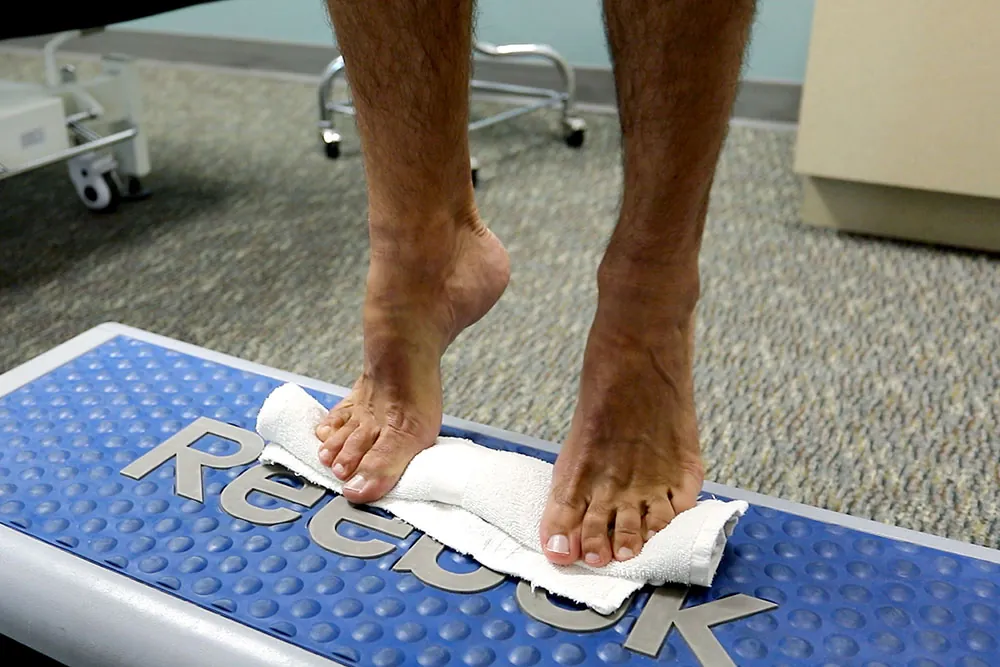
3 Plantar Fascia Exercises That Require Equipment
Do not be intimidated by the word “equipment.” In most cases, household objects can be used for these exercises. Otherwise, the equipment required is very simple and inexpensive.
- Seated Toe Towel Scrunches
Spread a towel on the floor in front of a chair. Sit with your bare foot flat on top of the towel. Keeping your foot flat on the floor, scrunch the towel toward you by curling your toes. Perform two sets of 10 repetitions per foot, per day.
- Floor Sitting Ankle Inversion With Resistance
Start by sitting on the floor with your legs stretched out. Tie an elastic exercise band loosely around your left foot. Cross your left leg over your right at the ankle. Loop the exercise band around your lower foot and hold the end in your hand.
Rotate your left ankle inward to slowly move it away from your right foot. Repeat this 10 times. Perform two sets with your left foot, then switch to the right.
- Plantar Fascia Massage
While standing or sitting in a chair, rest one foot on a small ball. Starting at the ball of your foot, slowly roll the ball backward toward your heel. Perform two sets of 10 back-and-forth repetitions for each foot. You can also use a frozen water bottle to help soothe inflammation.
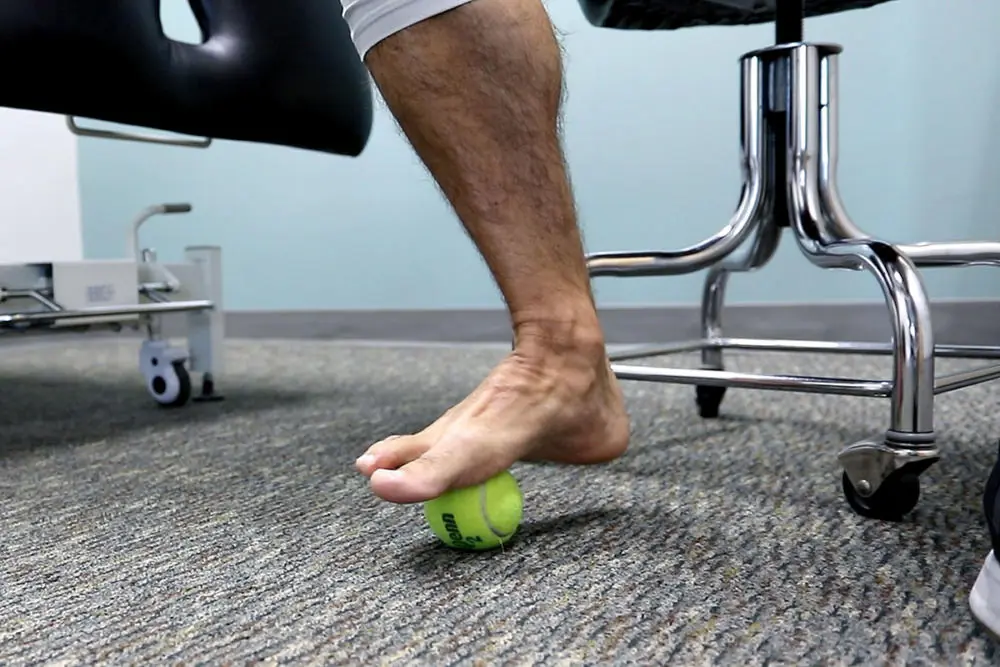
Working through these exercises on your own is key, but with the help of a physical therapist, you can perfect your form and treatment plan. Get started with a free injury assessment at Foothills today.
